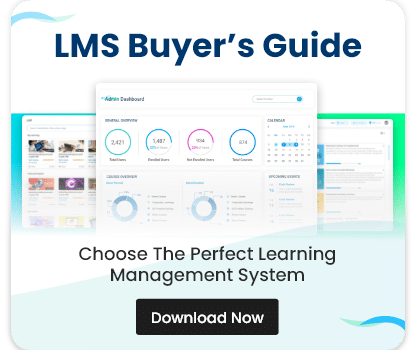FUTURE OF SCORM
SCORM has been the industry standard since its inception, and updates and grand changes have hardly come thick and fast.
The last major update was in 2004, the 4th Edition, released 6 years ago in 2009. However, since the introduction of new training and e-learning techniques and technology, training has started to show less reliance on SCORM, and SCORM compliance isn’t the be-all-end-all it once was.
The next chapter in the e-learning saga has arrived in the form of Tin Can API, or Xperience API as it is also known. Despite being introduced a couple of years ago in 2013, learning providers have been slow to incorporate it into their LMS platforms. However, this may be all about to change as Tin Can Api starts to look more and more like the future of e-learning over SCORM compliance. In the future, this could render SCORM compliance all but redundant.
TIN CAN API / XPERIENCE API / XAPI
The Tin Can API doesn’t share similarities with SCORM compliance. It doesn’t need to! The information it collects is very different to what an LMS collects, and provides a much more rounded view of a learner’s progress.
Instead of providing a simple pass/fail, taken/not taken data like a normal LMS, Tin Can API instead collects “statements” from the learner, which are sent in the form of ‘noun-verb-object’ to a learning record store, or LRS. These statements provide vital insight into what a learner is doing outside their usual training.
For example, a learner (Jenny for the sake of argument) may watch an important training video on YouTube which is relevant to her training. Instead of this interaction being discounted – as it would be without Tin Can – this information is sent to the LRS as “Jenny-watched-training video”. Now this is a significant development which can give valuable insight to the course-makers. However, this wasn’t possible with just the SCORM compliance, but it now is with the Tin Can API. As the importance of SCORM compliance begins to recede, the significance of being able to track informal, non SCORM-compliant activity certainly increases.



















